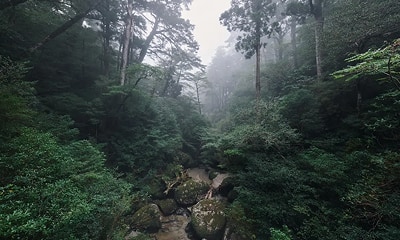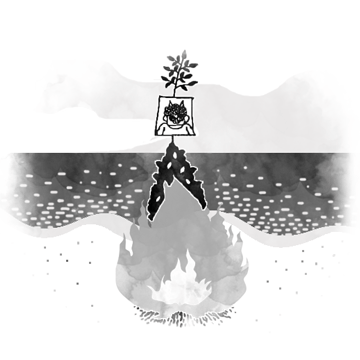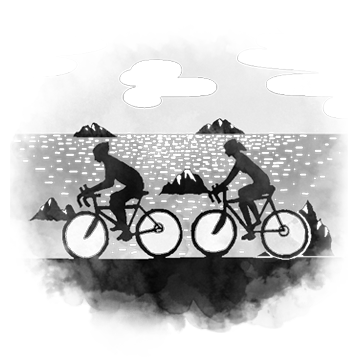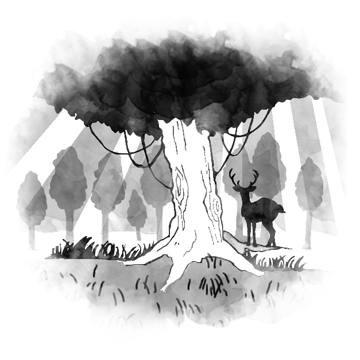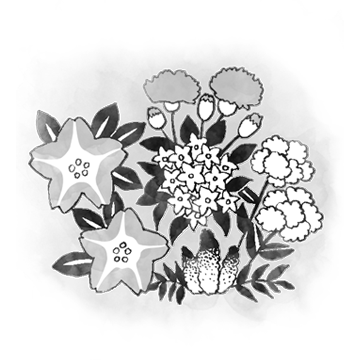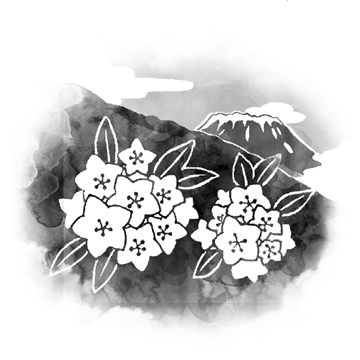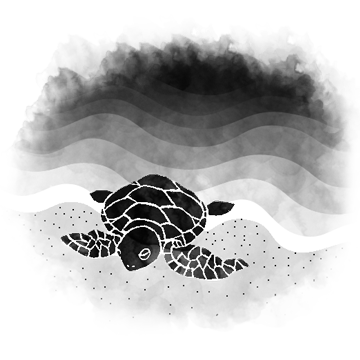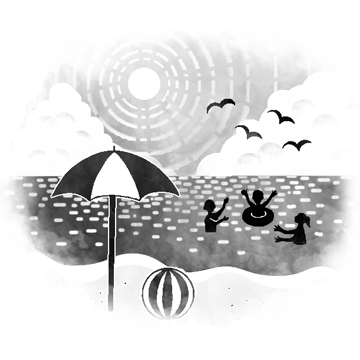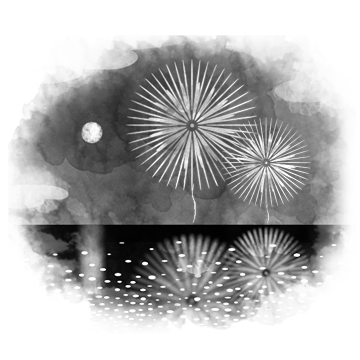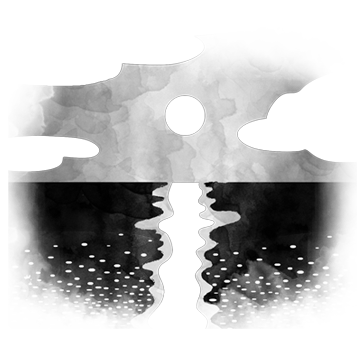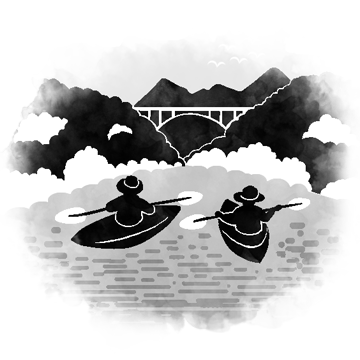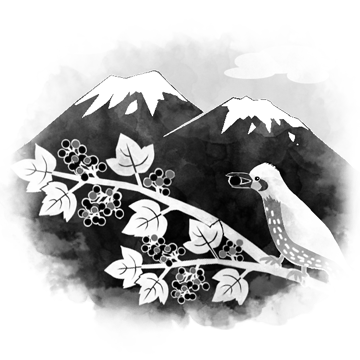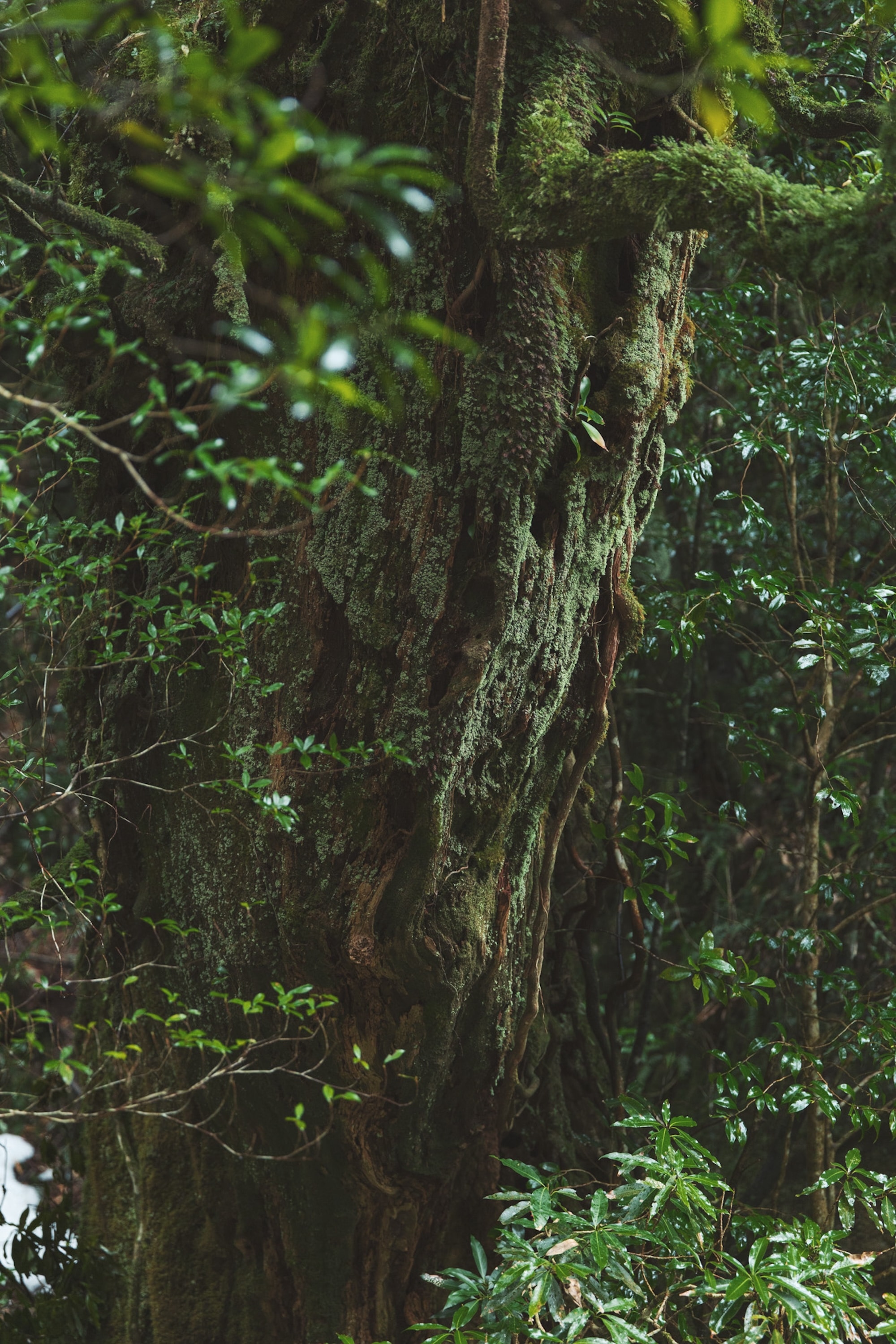
Discover Yakushima
Discover Yakushima
Feel the vitality
of Yakushima’s Natural World Heritage site
On Yakushima, it’s said that it rains 35 days a month. This abundant rainfall has nurtured lush “forests of water,” where the accumulated water forms flowing streams that purify the land.
Japan has a deep connection with water, and this bond is especially profound on Yakushima.
The island features a coastline lush with subtropical laurel forests, seas bursting with coral reefs and tropical fish, emerald-green rivers that have carved the land into the Yakushima we know today, and villages with a unique culture built on the blessings of the Kuroshio Current and the island’s forests. Walking amidst the trees, the forest soon takes on a new appearance, with moss-covered landscapes and giant millennium-old Yakusugi cedar trees—an ancient forest still full of life. Beyond the tree line, the forests give way to a heavenly world where mysterious granite objects stand tall amidst expanses of yakuzasa bamboo grass. This Japanese garden crafted by nature feels like stepping into the realm of gods, the mountain landscape is truly worthy of the name of “the Alps on the ocean.”
Yakushima is a microcosm of the nature of Japan.
People have their own unique rhythms, and nature is much the same—sometimes tempestuous, sometimes serene. Synchronizing the rhythms of people and nature is a way to venture deeper into the heart of Yakushima.
Experience a sense of freedom that makes you feel at one with nature and come to understand the rhythms of this miraculous island.
Enjoying the seasons
The island gradually transforms, revealing a new face with each month
The wonders of Yakushima
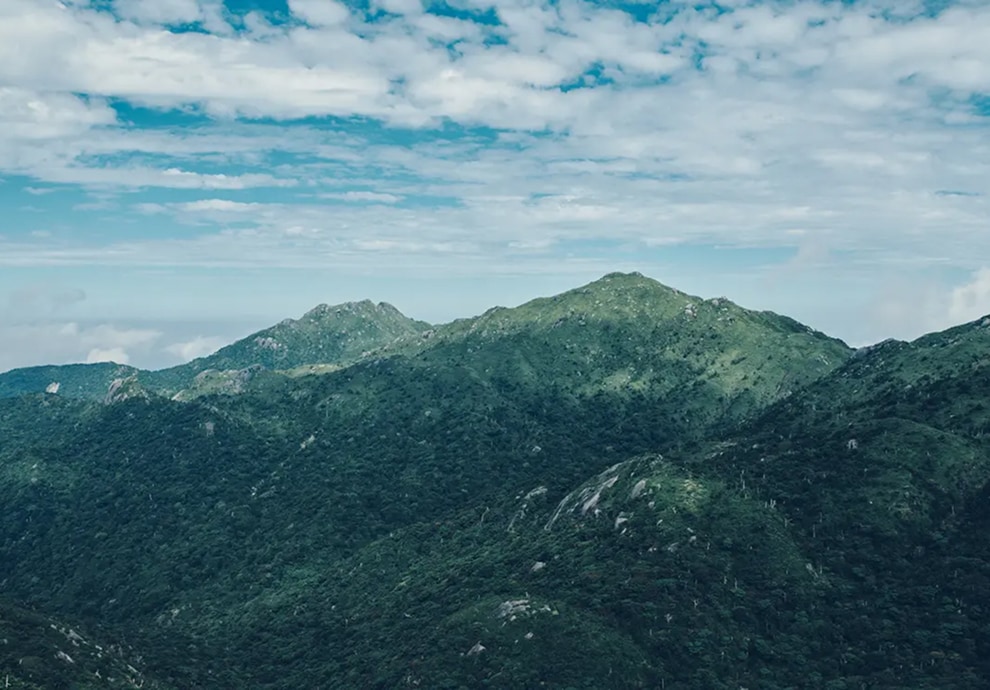
Mountains
A garden where the gods play—
the breathtaking “Alps on the ocean”
Above the tree line, Yakushima’s mountains open into sweeping fields of yakuzasa bamboo grass and striking granite formations.
This otherworldly landscape reminiscent of a garden where the gods reside more than earns the island its nickname—“the Alps on the ocean.”
The dramatic terrain and crisp air leave a lasting impression on all who visit.
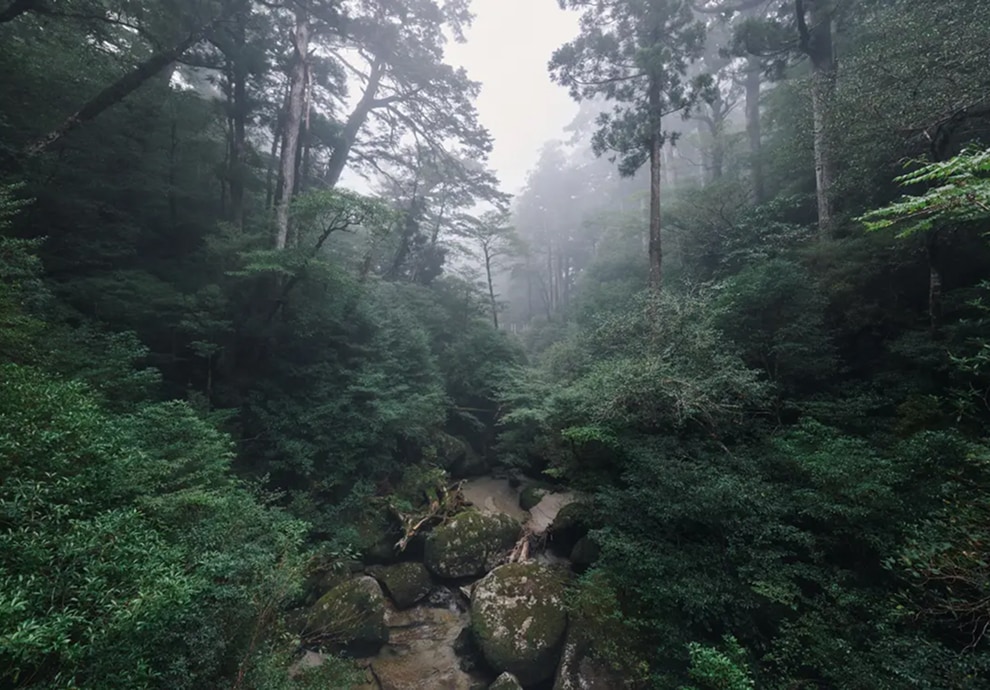
Forests
An ancient breath lingers
in moss-covered forests teeming with life
Yakushima’s ancient forests are home to lush, moss-draped landscapes and Yakusugi cedar trees, which are at least a thousand-years-old.
The island’s rich ecosystems and mystical beauty can be experienced up close in places like Shiratani Unsuikyo Ravine and Yakusugi Land. This living paradise offers stillness and healing to all who enter.
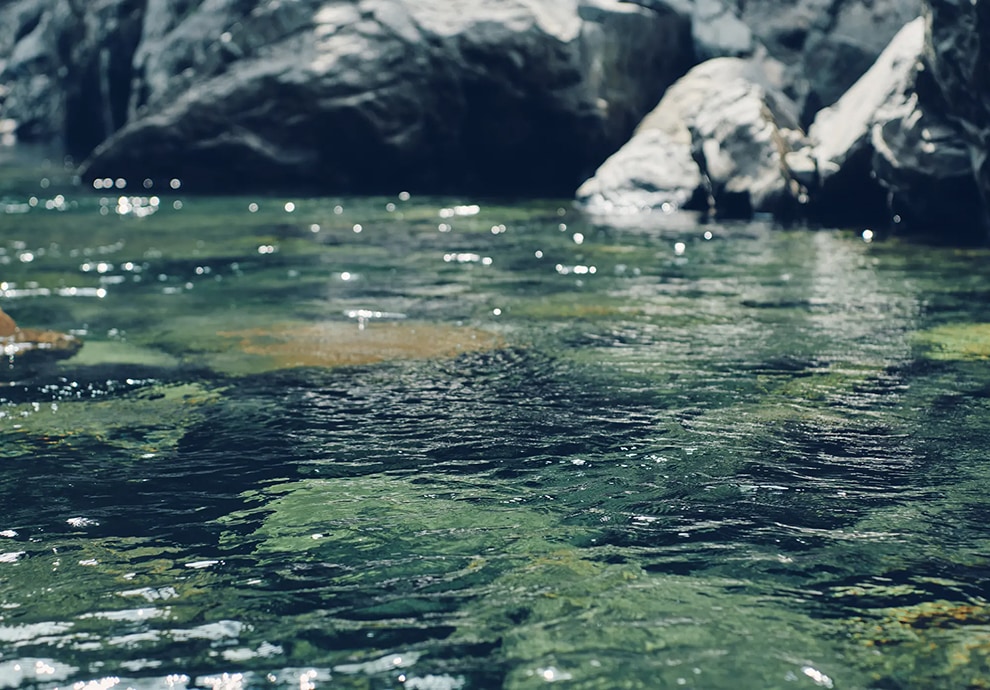
Water
A paradise of pure water,
born from abundant rainfall
Yakushima has such plentiful water, it’s said to rain 35 days a month on the island. This climate gives rise to the source of the island’s life force in emerald-green rivers, majestic waterfalls and the crystal-clear sea. Take in the island’s unique water landscapes at spots like Ohko-no-taki Waterfall and Torohki-no-taki Waterfall.
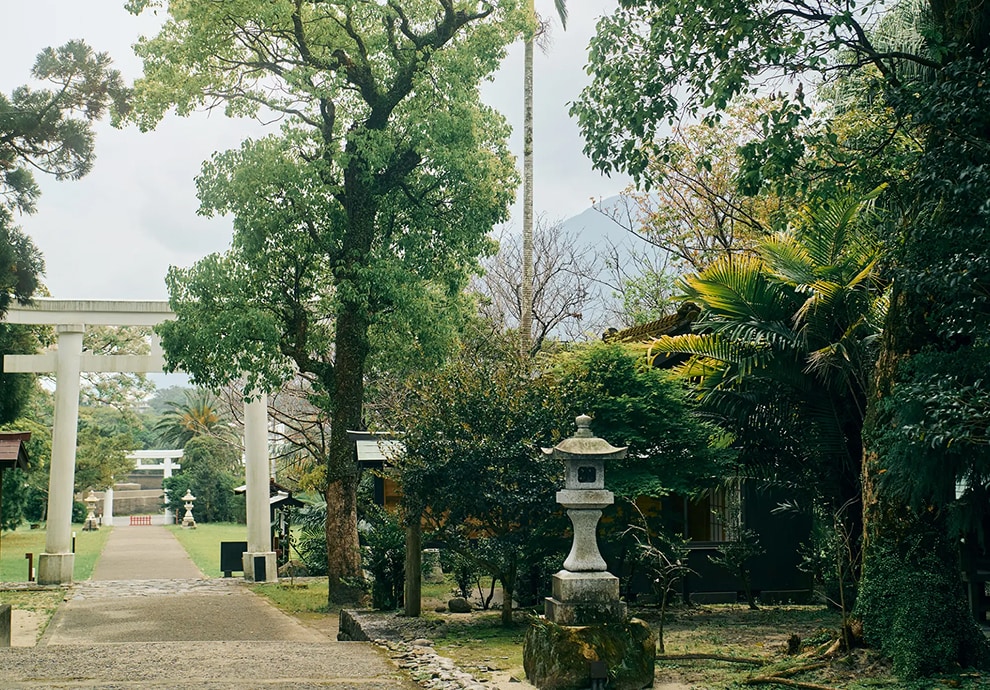
Villages
Nurtured by the Kuroshio Current—
a way of life in harmony with nature
The villages of Yakushima, shaped by the blessings of sea and forest, are rich in unique culture and history. Along the coastline, where laurel forests stretch toward the sea, the Kuroshio Current creates abundant fishing grounds accompanied by stunning views. Cherish warm encounters with the locals in these communities where people live in harmony with this majestic nature.
Access to Major Attractions
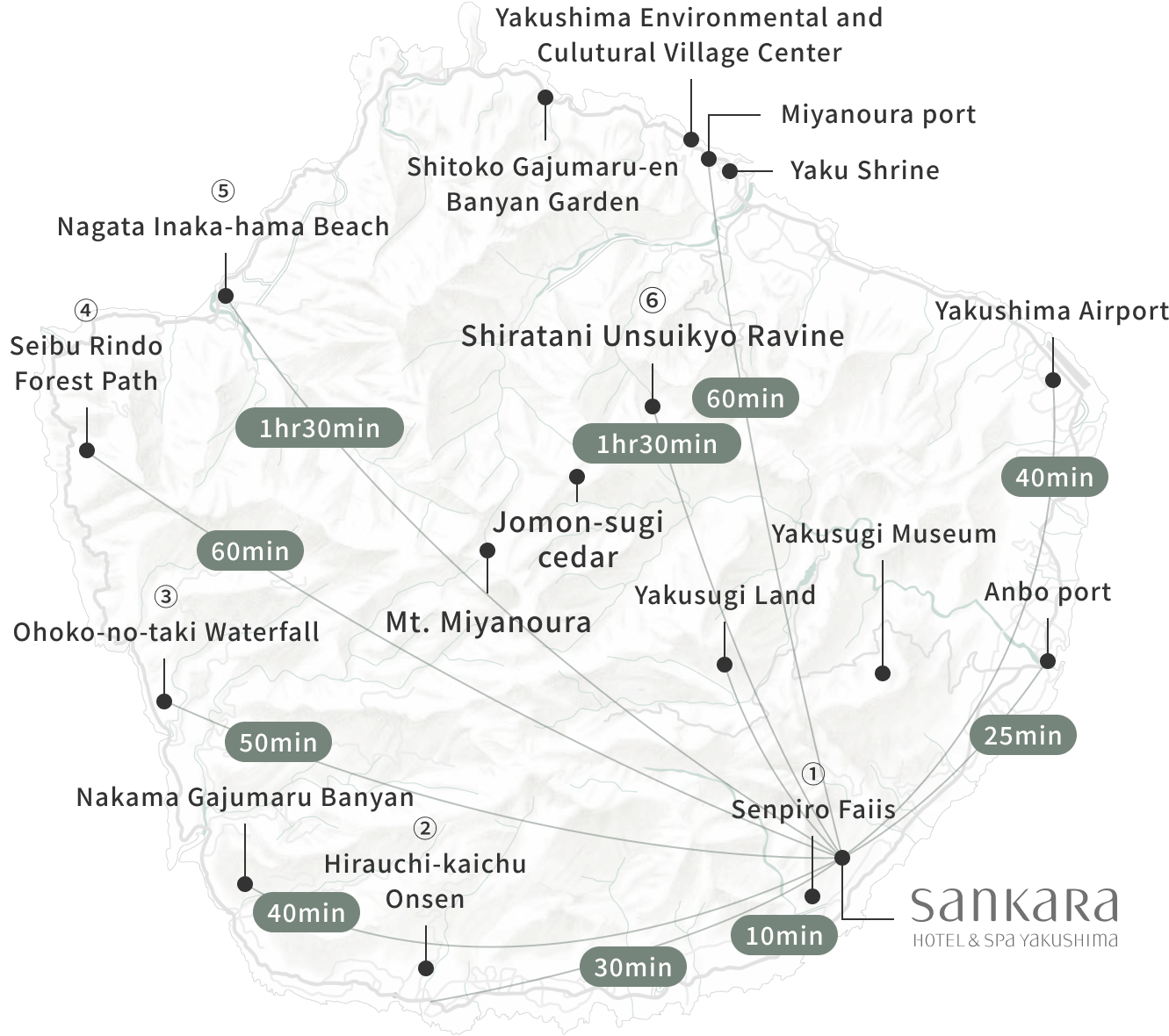
To drive around the perimeter of Yakushima, simply follow the main prefectural roads that circumnavigate the island. This route is about 100km.Along this route, you will come to the Seibu Rindo Forest Path, which is part of the World Heritage site on Yakushima. You may also encounter animals such as monkeys and deer on the road.After arriving at the hotel, a butler will ask how you would like to spend your time in Yakushima and assist you in planning your stay. There are also some hidden gems known only to local people, and we would be delighted to share this knowledge with you.
*Please note that roads other than prefectural routes and the Seibu Rindo Forest Road are quite narrow. Having an experienced driver operate vehicles wherever possible is highly recommended.
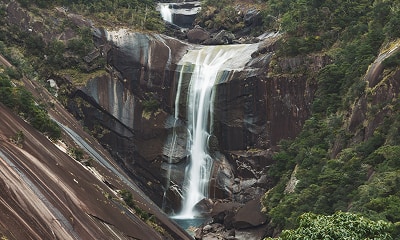
1.Senpiro Waterfall
10 min. drive from Sankara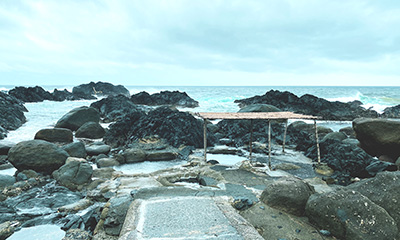
2.Hirauchi Kaichu Onsen
30 min. drive from Sankara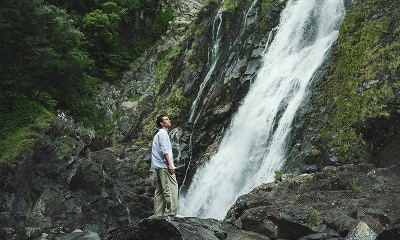
3.Ohko-no-taki Waterfall
50 min. drive from Sankara
4.Seibu Rindo Forest Path
1 hr. drive from Sankara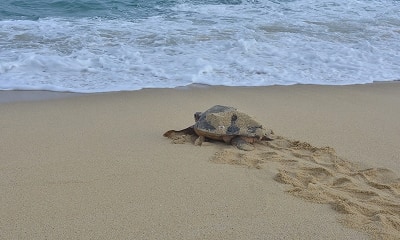
5.Nagata Inakahama Beach
1 hr. 30 min. drive from Sankara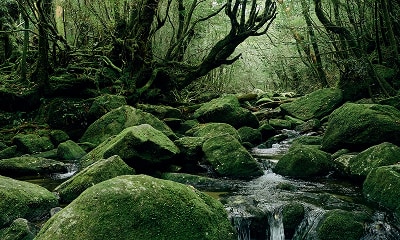
6.Shiratani Unsuikyo Ravine
1 hr. 30 min. drive from Sankara